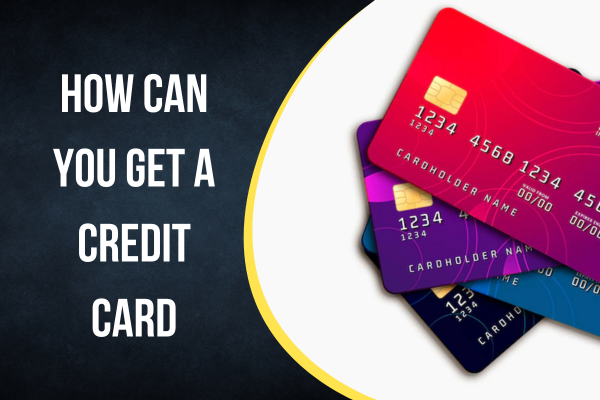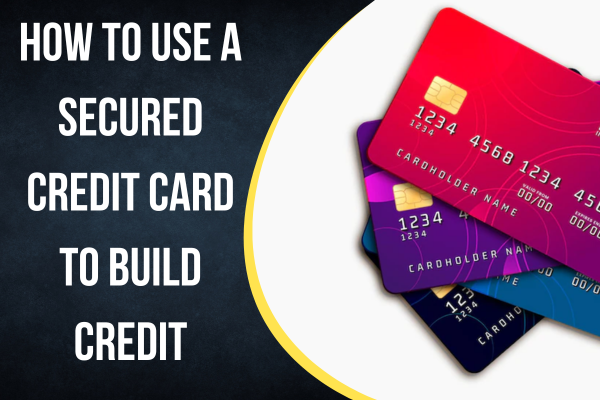Transferring money from a credit card can be a useful option when you need to access funds quickly or make payments to another account. While credit cards are primarily designed for purchases, many issuers provide convenient methods to transfer money from your credit card to a bank account, another credit card, or even pay off outstanding debts. In this article, we will explore different methods and considerations for transferring money from a credit card.
Method 1: Balance Transfer One of the most common ways to transfer money from a credit card is through a balance transfer. This method allows you to move the outstanding balance from one credit card to another. By doing so, you can consolidate your debts onto a single card or take advantage of promotional interest rates.
Here’s how to perform a balance transfer:
- Research credit card offers: Look for credit cards that offer attractive balance transfer terms, such as low or 0% interest rates for a specific introductory period.
- Apply for the new credit card: Submit an application for the credit card that suits your requirements. Ensure that you meet the eligibility criteria.
- Provide necessary information: Once approved, provide the details of the credit card and the amount you wish to transfer to the new credit card issuer.
- Confirm the transfer: Follow the instructions provided by the new credit card issuer to complete the transfer. They will initiate the process and pay off the balance on your old credit card.
Method 2: Cash Advance Another way to transfer money from a credit card is by using the cash advance feature. It allows you to withdraw cash directly from an ATM or over the counter at a bank or financial institution. Keep in mind that cash advances typically have higher interest rates and may involve additional fees.
To perform a cash advance:
- Locate an ATM or visit a bank: Find an ATM that accepts your credit card or visit a bank branch that offers cash advances.
- Authenticate the transaction: Insert your credit card into the ATM or provide it to the bank representative. Follow the prompts to select the cash advance option and enter the desired amount.
- Confirm and withdraw: Review the details of the transaction, including any associated fees and the cash advance limit. Once you agree, proceed to withdraw the requested amount.
Method 3: Money Transfer Services There are various online money transfer services that allow you to send money from a credit card to another account or individual. These services often charge a fee for the transfer, which can vary depending on the amount and destination.
To transfer money using online money transfer services:
- Choose a reliable service: Research and select a reputable money transfer service that supports credit card transfers.
- Create an account: Sign up for an account with the chosen service and provide the necessary personal and financial information.
- Link your credit card: Add your credit card details to the account, ensuring it is verified and securely stored.
- Initiate the transfer: Enter the recipient’s information, including the account details, and specify the amount you wish to transfer.
- Review and confirm: Double-check the details of the transfer, including any applicable fees, and confirm the transaction.
Important Considerations:
- Interest rates and fees: When transferring money from a credit card, it’s crucial to be aware of any associated fees, including balance transfer fees, cash advance fees, and interest rates. These costs can impact the total amount you will owe, so make sure to read and understand the terms and conditions.
- Credit card limits: Ensure that your credit card has a sufficient credit limit to accommodate the transfer amount you intend to make.
Here are some of the benefits of transferring money from a credit card to a bank account:
- Pay off debt: If you are carrying a balance on your credit card, you can transfer money from your bank account to your credit card to pay down the balance. This can help you save money on interest charges.
- Get cash: If you need cash, you can transfer money from your credit card to your bank account and then withdraw the cash from an ATM.
- Use rewards points: Some credit cards offer rewards points that can be redeemed for travel, merchandise, or cash back. If you have a credit card that offers rewards points, you can transfer money from your bank account to your credit card to earn more rewards points.
Here are some of the risks of transferring money from a credit card to a bank account:
- Overspending: If you transfer money from your bank account to your credit card, it can be easy to overspend. This is because you may not have the same level of discipline when using a credit card as you do when using a debit card.
- Late fees: If you do not make your credit card payments on time, you may be charged late fees. These fees can be expensive, so it is important to make sure you make your payments on time.
- Interest charges: If you carry a balance on your credit card, you will be charged interest. The interest rate on credit cards is typically high, so it is important to pay off your balance as quickly as possible.
If you are considering transferring money from a credit card to a bank account, it is important to weigh the benefits and risks. If you are confident that you can use the money responsibly, then transferring money from your credit card to your bank account can be a good way to save money on interest charges or to get cash. However, if you are not confident that you can use the money responsibly, then it is best to avoid transferring money from your credit card to your bank account.





Leave a Reply